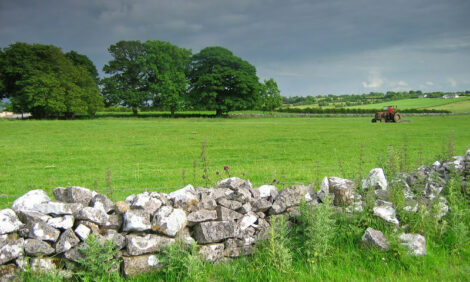



Housing Cows Outdoors - Better For Environment
US - Computer simulation studies by scientists at the US Department of Agriculture (USDA) suggests that a dairy cow living year-round in the great outdoors may leave a markedly smaller ecological hoofprint than its more sheltered sisters. Agricultural Research Service (ARS) agricultural engineer Al Rotz led a team that evaluated how different management systems on a typical 250-acre Pennsylvania dairy farm would affect the environment. ARS is USDA's chief intramural scientific research agency, and this work supports the USDA commitment to promoting sustainable agriculture. Mr Rotz works at the ARS Pasture Systems and Watershed Management Research Unit in University Park, Pa.
For this study, Mr Rotz and his team used the Integrated Farm System Model, a computer program that simulates the major biological and physical processes and interactions of a crop, beef or dairy farm.
The scientists collected a range of field data on grazing systems, manure management and their effects on nutrient loss to the environment. Then they used their farm model, supported by the field data, to evaluate the environmental dynamics of four different dairy farms in all types of weather over 25 years.
The model generated estimates for ammonia emissions from manure, soil denitrification rates, nitrate leaching losses, soil erosion and phosphorus losses from field runoff. Estimates for emissions of carbon dioxide, methane, and nitrous oxide from both primary production and the secondary production of pesticides, fuels, electricity and other resources were also considered.
Compared to high confinement systems, keeping dairy cows outdoors all year lowered levels of ammonia emission by about 30 percent. The model results also indicated that the total emissions for the greenhouse gases methane, nitrous oxide and carbon dioxide were eight percent lower in a year-round outdoor production system than in a high-production confinement system.
Another plus: When fields formerly used for feed crops were converted to perennial grasslands for grazing, carbon sequestration levels climbed from zero to as high as 3,400 pounds per acre every year. The results also suggested that a well-managed dairy herd kept outdoors year-round left a carbon footprint 6 percent smaller than that of a high-production dairy herd kept in barns.
TheCattleSite News Desk


